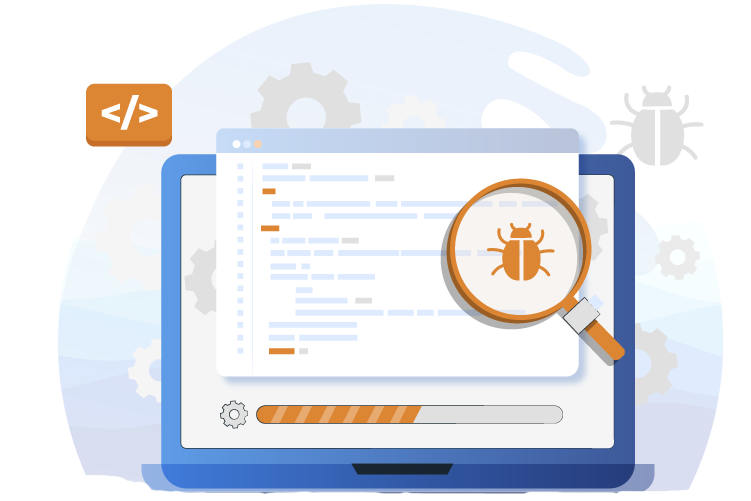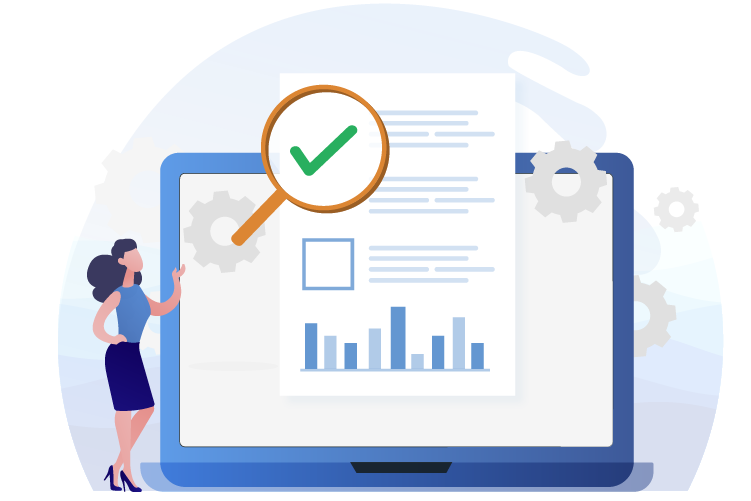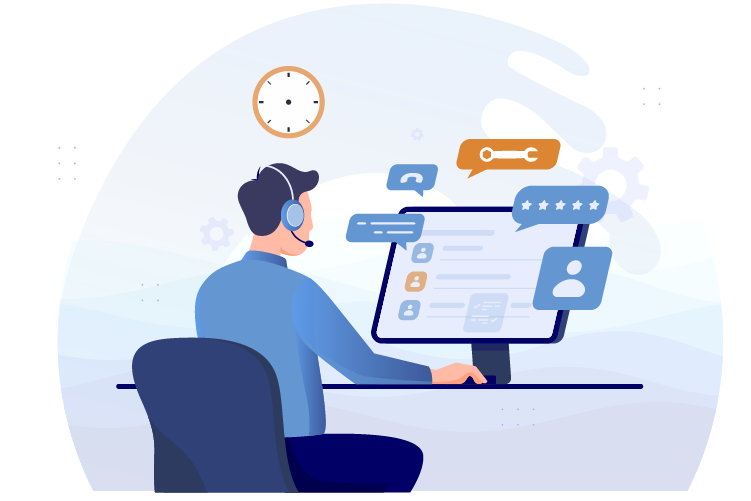
We work closely with the customer to understand their testing requirements, goals, and expectations. This will help us to tailor testing services to meet the specific needs of the customer.
Based on the customer's requirements, we develop a testing strategy that outlines the testing process, tools, and techniques that will be used to test the software.


We keep the customer informed about the progress of the testing process and any issues that arise during testing. This can be done through regular status reports, meetings, and other communication channels as chosen by the customer.
We should conduct thorough and comprehensive testing to ensure that the software meets the customer's requirements and is
free of defects.


We strive to deliver testing services on time and within the agreed-upon budget.
After testing is complete, we provide support to the customer to help them address any issues that arise during software implementation.
We focus on providing high-quality services that meet the needs and expectations of our customers, while also building long-term relationships based on trust and communication.

